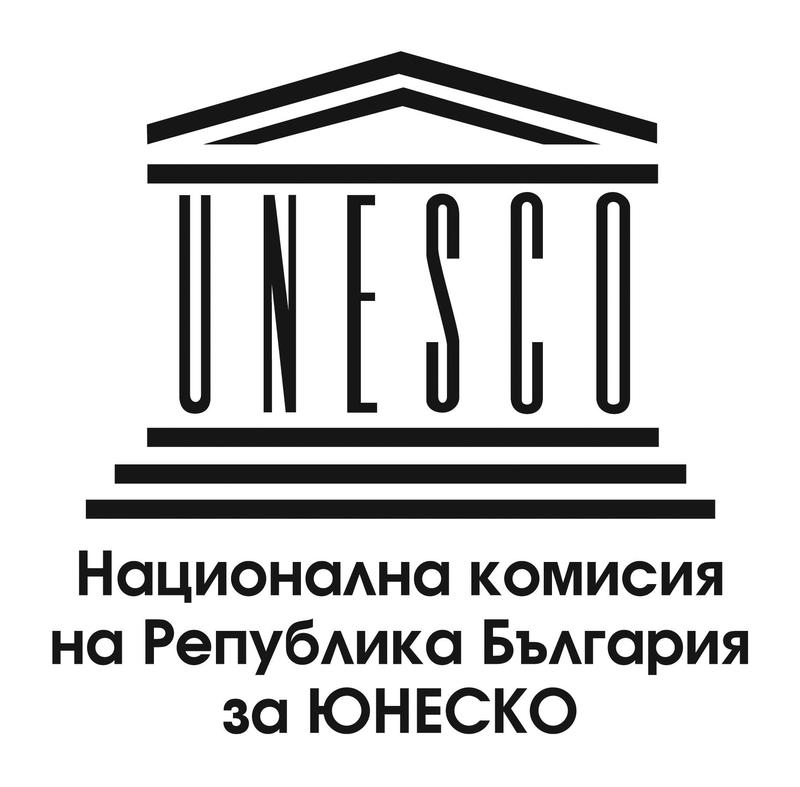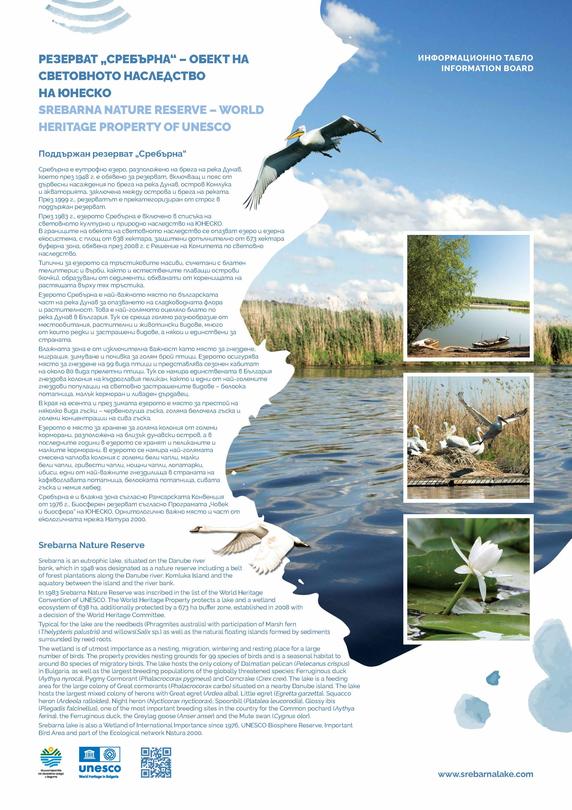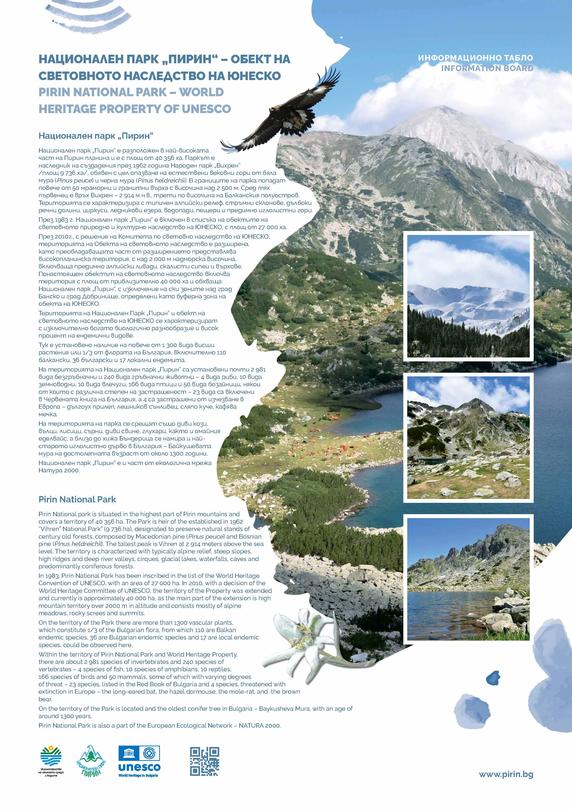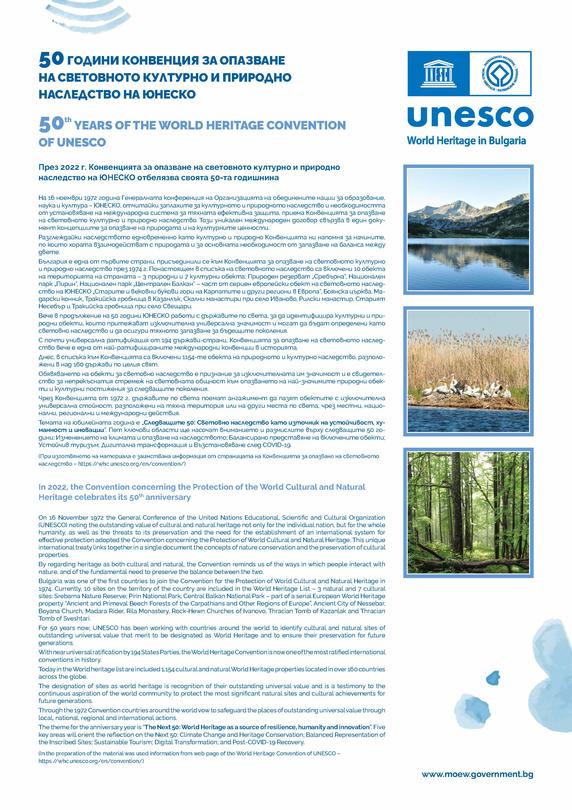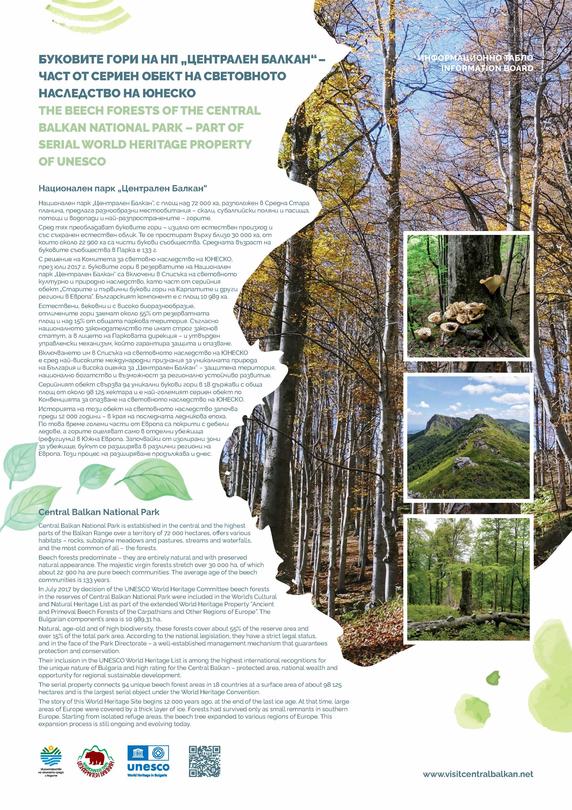The MOEW joins the celebrations for the 50 anniversary of the UNESCO Convention for the Protection of World Cultural and Natural Heritage
01 Nov, 2022 | 10:34
In 2022 the Convention for the Protection of the World Cultural and Natural Heritage of UNESCO celebrates its 50th anniversary.
The Ministry of Environment and Water is participating in the celebrations on the occasion of the anniversary with an exhibition of 4 panels in the entrance hall of the ministry building at 22 Princess Maria Luisa Blvd.
The role of the Convention for the preservation for future generations of the most significant natural sites and cultural achievements worldwide is presented. A special place is dedicated to the three natural sites in the list of world heritage, which are located on the territory of Bulgaria – the Pirin National Park, the Srebarna Nature Reserve, and the Central Balkan National Park – part of a series of European UNESCO World Heritage Sites entitled “The old and centuries-old beech forests of the Carpathians and other regions in Europe”.
The Convention for the Protection of the World Cultural and Natural Heritage was adopted on November 16, 1972 by the General Assembly of the United Nations Educational, Scientific and Cultural Organization - UNESCO. This unique international treaty combines in one document the concepts of protection of nature and cultural values. Today, the Convention lists 1 154 natural and cultural heritage sites located in over 160 countries worldwide.
Bulgaria was one of the first countries to join the Convention for the Protection of World Cultural and Natural Heritage in 1974. Currently, 10 sites on the country’s territory are included in the World Heritage List. In addition to the three natural sites, 7 cultural sites are also under protection: the Boyan church, the Madar horseman, the Thracian tomb in Kazanlak, the Rock monasteries near the village of Ivanovo, the Rila monastery, the Old Town of Nessebar, and the Thracian tomb near the village of Sveshtari.
The theme of the anniversary year is “The Next 50: World Heritage as a Source of Sustainability, Humanity, and Innovation”. Five key areas are attracting the attention of the global community for the next 50 years: climate change and heritage conservation; balanced representation of the included objects; sustainable tourism; digital transformation; recovering from COVID-19.
